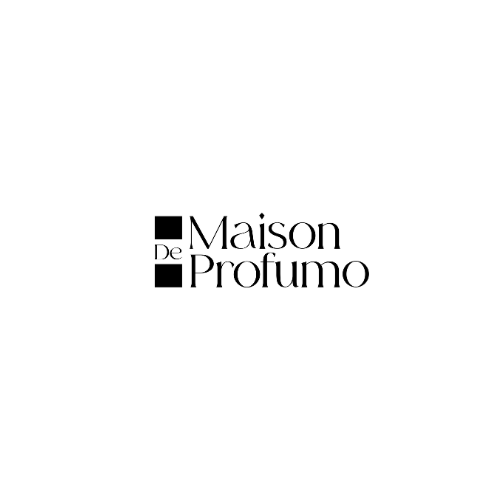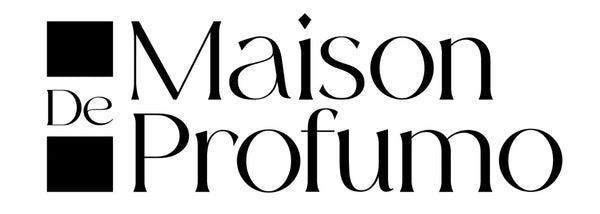Discover the Timeless Beauty and Uses of Myrrh in Perfumery
Introduction to Myrrh in Perfumery
Myrrh, a treasured resin with an extensive history, is a staple in the world of perfumery. Known for its rich, balsamic, and slightly medicinal aroma, myrrh has been used for centuries in religious rituals, traditional medicine, and perfumery. This comprehensive guide delves into the origins, extraction processes, aromatic profile, and applications of myrrh in modern fragrances.
Historical and Cultural Significance

Ancient Uses of Myrrh
-
Religious Practices:
- Utilized in ancient Egypt for embalming and sacred rituals.
- Mentioned in Biblical texts, notably as one of the gifts to baby Jesus.
-
Medicinal Purposes:
- Integral to traditional Chinese and Ayurvedic medicine.
- Valued for its antiseptic, anti-inflammatory, and healing properties.
Modern Cultural Relevance
-
Symbolism in Perfumery:
- Represents luxury, mystique, and timelessness.
- Often linked with oriental and resinous fragrances.
Extraction and Production
Sources of Myrrh
-
Geographical Origins:
- Sourced predominantly from Commiphora trees in Somalia, Ethiopia, and Yemen.
-
Types of Myrrh:
- Sweet Myrrh (Opoponax): Milder, sweeter scent.
- Bitter Myrrh: More traditional, potent aroma.
Extraction Methods
-
Harvesting:
- Incisions are made in the bark of Commiphora trees, allowing the resin to exude and harden into tears.
-
Distillation:
- Steam Distillation: Produces essential oil.
- Solvent Extraction: Yields absolute and resinoid for more concentrated forms.
Aromatic Profile of Myrrh
Characteristics of Myrrh
-
Aroma:
- Warm, balsamic, and slightly medicinal.
- Notes of spice, earth, and a touch of sweetness.
-
Chemical Composition:
- Rich in sesquiterpenes, diterpenes, and resin acids.
- Key components include furanoeudesma-1,3-diene and curzerene.
Variations in Scent
-
Influencing Factors:
- Geographic origin and environmental conditions.
- Harvesting techniques and the age of the resin.
Applications in Perfumery
Fragrance Families Featuring Myrrh
-
Oriental Fragrances:
- Provides depth, warmth, and complexity.
- Blends with spices, amber, and other resins.
-
Woody and Balsamic Fragrances:
- Enhances rich, earthy base notes.
- Complements sandalwood, cedarwood, and vetiver.
Notable Perfumes with Myrrh
-
Classic Perfumes:
- Guerlain’s Shalimar: A timeless oriental fragrance with a rich, ambery base.
- Yves Saint Laurent’s Opium: A legendary scent where myrrh adds depth and spice.
-
Modern Creations:
- Tom Ford’s Tobacco Vanille: Myrrh enriches the tobacco and vanilla notes.
- Amouage’s Interlude Man: Myrrh provides a resinous and smoky heart.
Benefits Beyond Fragrance
Aromatherapy
-
Therapeutic Properties:
- Calming and grounding effects.
- Used to relieve stress and promote mental clarity.
-
Blending with Other Oils:
- Pairs well with frankincense, lavender, and citrus oils.
Skincare
-
Healing and Anti-inflammatory:
- Included in formulations for dry, cracked, or aging skin.
- Soothes irritation and promotes skin regeneration.
Detailed Profiles of Myrrh in Perfumery
Historical Context of Myrrh
Myrrh has held a revered place in human history, particularly in ancient Egypt where it was used for embalming and as an offering to the gods. Its presence in religious texts, such as the Bible, highlights its value and significance.
Extraction and Production Processes
Harvesting Techniques
Myrrh is harvested by making careful incisions in the bark of Commiphora trees. The exuded resin hardens into tears, which are then collected. The quality and aromatic profile of the resin depend on various factors, including the tree species, age, and environmental conditions.
Distillation and Extraction
The essential oil of myrrh is typically obtained through steam distillation, a process that involves passing steam through the resin to vaporize the volatile compounds. These vapors are then condensed into essential oil. For a more intense and concentrated form, solvent extraction is used to produce myrrh absolute or resinoid.
Aromatic Profile and Chemical Composition
Myrrh's scent is complex and multifaceted. It is warm, balsamic, and slightly medicinal with hints of spice and earth. The primary chemical components contributing to its unique aroma are sesquiterpenes such as furanoeudesma-1,3-diene and curzerene.
Applications in Fragrance Formulation
Role in Oriental Fragrances
In perfumery, myrrh is highly valued for its ability to add depth and warmth to oriental fragrances. Its rich, resinous quality makes it an ideal base note, providing a lasting foundation that enhances other aromatic elements.
Combining Myrrh with Other Ingredients
Myrrh blends exceptionally well with other resins, spices, and woody notes. It pairs beautifully with frankincense, another resin with a long history in perfumery, as well as with ingredients like cinnamon, cardamom, and sandalwood to create complex and luxurious fragrances.
Notable Fragrances Featuring Myrrh
Classic Perfumes
- Guerlain’s Shalimar: An oriental classic where myrrh enriches the base with its warm, ambery notes.
- Yves Saint Laurent’s Opium: A legendary scent in which myrrh adds depth and spice, enhancing its complex profile.
Modern Creations
- Tom Ford’s Tobacco Vanille: Myrrh adds a resinous depth to the rich tobacco and vanilla blend.
- Amouage’s Interlude Man: Myrrh is central to this fragrance, providing a smoky, resinous heart that defines its character.
Beyond Perfumery: Myrrh's Therapeutic Uses
Aromatherapy Benefits
Myrrh is revered in aromatherapy for its calming and grounding effects. It is often used in diffusers and massage oils to alleviate stress and promote relaxation. Its therapeutic properties extend to respiratory and skin health, making it a versatile essential oil in holistic wellness.
Skincare Applications
In skincare, myrrh is prized for its anti-inflammatory and healing properties. It is commonly found in products designed for dry, cracked, or aging skin. Its soothing nature helps reduce redness and irritation, making it a beneficial ingredient in both therapeutic and cosmetic formulations.
Tables and Bullet Points for Enhanced Readability
Aromatic Characteristics of Myrrh
| Property | Description |
|---|---|
| Aroma | Warm, balsamic, slightly medicinal |
| Key Components | Furanoeudesma-1,3-diene, curzerene |
| Scent Profile | Hints of spice, earth, and sweetness |
| Variability | Affected by geographic origin and harvesting |
Popular Uses of Myrrh in Perfumery
-
Oriental Fragrances:
- Adds depth and warmth.
- Blends with spices, amber, and resins.
-
Woody and Balsamic Fragrances:
- Enhances earthy base notes.
- Pairs with sandalwood, cedarwood, vetiver.
Notable Fragrances Featuring Myrrh
-
Classic Perfumes:
- Guerlain’s "Shalimar"
- Yves Saint Laurent’s "Opium"
-
Modern Creations:
- Tom Ford’s "Tobacco Vanille"
- Amouage’s "Interlude Man"
Conclusion
Myrrh’s enduring appeal in perfumery lies in its rich, warm, and complex aroma, which adds a unique depth to a wide range of fragrances. From its historical significance to its modern applications, myrrh continues to captivate perfumers and fragrance enthusiasts alike. This comprehensive guide highlights the versatile and timeless nature of myrrh, cementing its place as a cherished ingredient in the world of perfumery.

